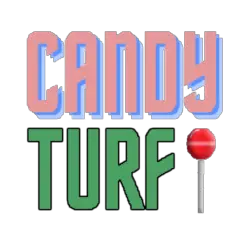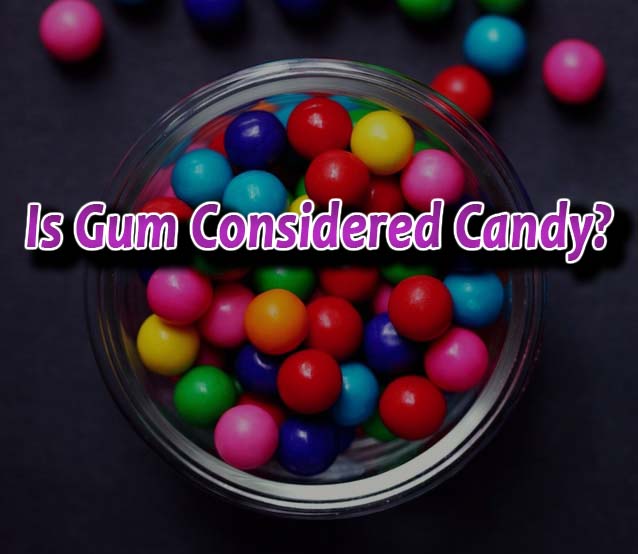You may be wondering or even arguing with a friend, is gum a form of candy? Well to answer that, what is candy?
From a business perspective, gum falls under the “confectionary” category which includes candy. Gum is a type of confectionery that is made from a variety of base materials, including wax, resin, and elastomers.
Gum is chewed for its sweetness, freshness, and flavor. Yet candy is meant to be swallowed.
Most people would argue that gum is a form of candy. After all, it is made from sweeteners and flavors, and it is meant to be chewed.
Gum is not as sweet as other candies, and it does not provide the same sugar high that candy does. It is common for chewing gum to use a sugar substitute such as xylitol to make their gum sugar-free.
Gum is also not as sticky as candy, which makes it easier to clean up after chewing. And, because gum is not as sweet as candy, it is less likely to cause cavities. So, while gum is (just barely) considered a candy, it is still a sweet treat that people of all ages can enjoy.
What About Sugar-Free Gum?
So candy is a confectionery made from sugar. What about sugar-free candy? Does changing the sweetener used, make it not candy?
Sugar-free candies have alternative, artificial sweeteners that take place of sugar. Sugar alcohols like sorbitol and xylitol are used in sugar-free gum.
Physically speaking, candy is made up with sugar (or sugar substitutes) as the primary ingredient. While chewing gum may not contain that much sugar, it still features sugar (or sweetener) as the main ingredient.
Therefore, sugar-free gum can still be considered candy.
Difference Between Chewing and Bubble Gum
Did you know that bubble gum is specifically formulated to blow better bubbles? The gum is more flexible, durable, and has a lower stickiness than (traditionally mint) chewing gum.
Chewing gum is better for, well, chewing! They typically use sugar alcohol to substitute sugar, reducing the amount of contact sugar has with teeth.
According to the Wikipedia page on bubble gum, the inventor, Walter Diemer, was testing different formulas for chewing gum in order to reduce stickiness yet increased stretch.
This gum became later known as Dubble Bubble. Bubble gum has a distinctive pink color because Diemer would use red dye on his gum base.
Chewing gum has been around in many forms since the late Stone Age. Aztecs and Mayans would use chicle, a tree gum, to make gum-like substances for a variety of use.
Before toothpaste and brushing was a thing, gum was also used to keep oral health in tip-top shape. The physical act of chewing promoted saliva production which is beneficial for dental purposes.


![How to Coat Gummy Candy in Sugar [Without Melting]](https://candyturf.com/wp-content/uploads/2022/10/how-to-coat-gummy-candy.jpg)
